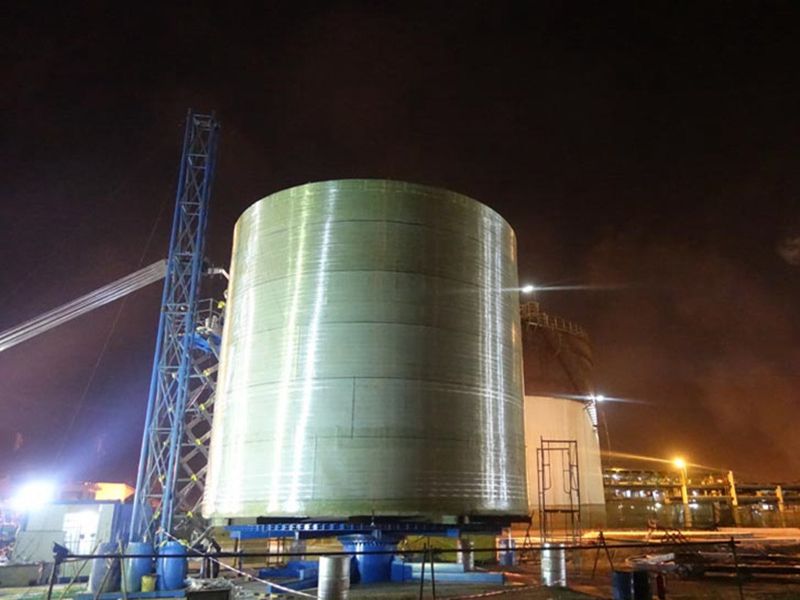
-
 Afrikaans
Afrikaans -
 Albanian
Albanian -
 Amharic
Amharic -
 Arabic
Arabic -
 Armenian
Armenian -
 Azerbaijani
Azerbaijani -
 Basque
Basque -
 Belarusian
Belarusian -
 Bengali
Bengali -
 Bosnian
Bosnian -
 Bulgarian
Bulgarian -
 Catalan
Catalan -
 Cebuano
Cebuano -
 China
China -
 China (Taiwan)
China (Taiwan) -
 Corsican
Corsican -
 Croatian
Croatian -
 Czech
Czech -
 Danish
Danish -
 Dutch
Dutch -
 English
English -
 Esperanto
Esperanto -
 Estonian
Estonian -
 Finnish
Finnish -
 French
French -
 Frisian
Frisian -
 Galician
Galician -
 Georgian
Georgian -
 German
German -
 Greek
Greek -
 Gujarati
Gujarati -
 Haitian Creole
Haitian Creole -
 hausa
hausa -
 hawaiian
hawaiian -
 Hebrew
Hebrew -
 Hindi
Hindi -
 Miao
Miao -
 Hungarian
Hungarian -
 Icelandic
Icelandic -
 igbo
igbo -
 Indonesian
Indonesian -
 irish
irish -
 Italian
Italian -
 Japanese
Japanese -
 Javanese
Javanese -
 Kannada
Kannada -
 kazakh
kazakh -
 Khmer
Khmer -
 Rwandese
Rwandese -
 Korean
Korean -
 Kurdish
Kurdish -
 Kyrgyz
Kyrgyz -
 Lao
Lao -
 Latin
Latin -
 Latvian
Latvian -
 Lithuanian
Lithuanian -
 Luxembourgish
Luxembourgish -
 Macedonian
Macedonian -
 Malgashi
Malgashi -
 Malay
Malay -
 Malayalam
Malayalam -
 Maltese
Maltese -
 Maori
Maori -
 Marathi
Marathi -
 Mongolian
Mongolian -
 Myanmar
Myanmar -
 Nepali
Nepali -
 Norwegian
Norwegian -
 Norwegian
Norwegian -
 Occitan
Occitan -
 Pashto
Pashto -
 Persian
Persian -
 Polish
Polish -
 Portuguese
Portuguese -
 Punjabi
Punjabi -
 Romanian
Romanian -
 Russian
Russian -
 Samoan
Samoan -
 Scottish Gaelic
Scottish Gaelic -
 Serbian
Serbian -
 Sesotho
Sesotho -
 Shona
Shona -
 Sindhi
Sindhi -
 Sinhala
Sinhala -
 Slovak
Slovak -
 Slovenian
Slovenian -
 Somali
Somali -
 Spanish
Spanish -
 Sundanese
Sundanese -
 Swahili
Swahili -
 Swedish
Swedish -
 Tagalog
Tagalog -
 Tajik
Tajik -
 Tamil
Tamil -
 Tatar
Tatar -
 Telugu
Telugu -
 Thai
Thai -
 Turkish
Turkish -
 Turkmen
Turkmen -
 Ukrainian
Ukrainian -
 Urdu
Urdu -
 Uighur
Uighur -
 Uzbek
Uzbek -
 Vietnamese
Vietnamese -
 Welsh
Welsh -
 Bantu
Bantu -
 Yiddish
Yiddish -
 Yoruba
Yoruba -
 Zulu
Zulu
grp pipe fittings
Understanding GRP Pipe Fittings A Comprehensive Overview
Glass Reinforced Plastic (GRP) pipe fittings have emerged as a vital component in various industrial applications. Combining strength, corrosion resistance, and lightweight properties, GRP fittings are becoming increasingly popular in sectors such as water treatment, oil and gas, and construction. This article delves into the characteristics, advantages, applications, and considerations for GRP pipe fittings.
Characteristics of GRP Pipe Fittings
GRP pipe fittings are manufactured using a composite material comprising a polymer matrix reinforced with glass fibers. This unique composition results in high strength-to-weight ratios, allowing GRP fittings to perform exceptionally well under various conditions. These fittings are generally resistant to a wide range of chemicals, making them suitable for transporting aggressive fluids without succumbing to corrosion.
The process of creating GRP fittings typically involves hand layup, filament winding, or resin transfer molding (RTM). These fabrication methods ensure that the fittings maintain structural integrity while also allowing manufacturers to produce complex shapes and sizes tailored to specific needs.
Advantages of GRP Pipe Fittings
1. Corrosion Resistance One of the most notable benefits of GRP fittings is their resistance to corrosion. Unlike traditional metal fittings that can corrode over time due to exposure to various chemicals and environmental factors, GRP fittings can withstand harsh conditions, extending their lifespan and reducing maintenance costs.
2. Lightweight Compared to metal fittings, GRP fittings are significantly lighter, facilitating easier handling and installation. This lightweight feature translates to lower shipping costs and reduced labor expenses during installation, particularly in large projects.
3. High Strength Despite their lightweight nature, GRP fittings exhibit high tensile strength and impact resistance. They can endure significant pressure, making them ideal for high-stress applications, such as those found in water and wastewater management systems.
4. Thermal Insulation GRP fittings provide excellent thermal insulation properties. They do not conduct heat or cold as effectively as metal, which can be advantageous in preventing heat loss or condensation in piping systems.
grp pipe fittings

5. Cost-effectiveness While the initial costs for GRP fittings may be higher than those of traditional materials, their longevity, reduced maintenance, and efficiency in installation often translate to overall cost savings in the long run.
Applications of GRP Pipe Fittings
GRP fittings are versatile and can be utilized in a variety of settings
- Water and Wastewater Treatment Their resistance to corrosion makes GRP fittings ideal for environments where they may be exposed to harmful chemicals. - Industrial Applications Industries like chemical processing, petroleum, and food processing rely on GRP fittings for transporting materials safely and efficiently.
- Infrastructure Projects GRP fittings are increasingly used in structural applications, including bridges and public buildings, due to their lightweight and robust nature.
- Irrigation and Agricultural Systems The agricultural sector benefits from GRP's durability and resistance to various environmental conditions, making it a suitable choice for irrigation systems.
Considerations When Choosing GRP Pipe Fittings
While GRP fittings offer numerous advantages, several considerations should be taken into account when selecting them for specific applications. Factors such as the chemical compatibility of the materials being transported, pressure ratings, temperature conditions, and installation requirements are crucial to ensure optimal performance.
In conclusion, GRP pipe fittings provide a compelling alternative to traditional materials, offering factors such as corrosion resistance, strength, and lightweight characteristics. As industries continue to innovate and seek efficient solutions, GRP fittings will likely become a staple in piping applications across various sectors. Understanding their features and applications can significantly enhance project efficiency and longevity, emphasizing the importance of choosing the right materials for the right job.









